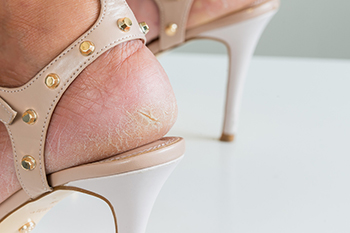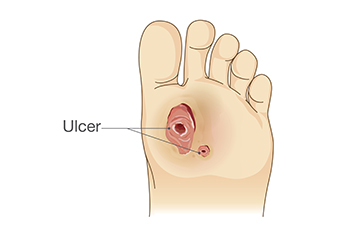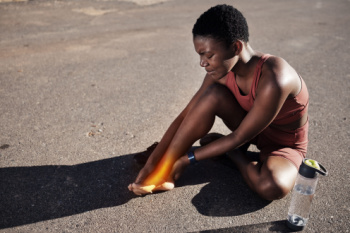
Wearing high heels may enhance posture and confidence, but they often come at the cost of foot health. Prolonged use can lead to metatarsalgia, a painful inflammation in the ball of the foot, as well as Achilles tendon pain due to constant strain. Tight or narrow high heels commonly cause blisters and pressure points that lead to further discomfort. A podiatrist can provide expert care through custom orthotics, stretching regimens, and preventive guidance tailored to your lifestyle. Early intervention can reduce long-term damage and restore comfort. If you are experiencing persistent pain or discomfort from your footwear, it is suggested that you schedule an appointment with a podiatrist to protect your feet and maintain your mobility for years to come.
High heels have a history of causing foot and ankle problems. If you have any concerns about your feet or ankles, contact Jeffrey Parrett, DPM from Parrett Podiatry. Our doctor can provide the care you need to keep you pain-free and on your feet.
Effects of High Heels on the Feet
High heels are popular shoes among women because of their many styles and societal appeal. Despite this, high heels can still cause many health problems if worn too frequently.
Which Parts of My Body Will Be Affected by High Heels?
- Ankle Joints
- Achilles Tendon – May shorten and stiffen with prolonged wear
- Balls of the Feet
- Knees – Heels cause the knees to bend constantly, creating stress on them
- Back – They decrease the spine’s ability to absorb shock, which may lead to back pain. The vertebrae of the lower back may compress.
What Kinds of Foot Problems Can Develop from Wearing High Heels?
- Corns
- Calluses
- Hammertoe
- Bunions
- Morton’s Neuroma
- Plantar Fasciitis
How Can I Still Wear High Heels and Maintain Foot Health?
If you want to wear high heeled shoes, make sure that you are not wearing them every day, as this will help prevent long term physical problems. Try wearing thicker heels as opposed to stilettos to distribute weight more evenly across the feet. Always make sure you are wearing the proper shoes for the right occasion, such as sneakers for exercising. If you walk to work, try carrying your heels with you and changing into them once you arrive at work. Adding inserts to your heels can help cushion your feet and absorb shock. Full foot inserts or metatarsal pads are available.
If you have any questions, please feel free to contact our office located in Waxahachie, TX . We offer the newest diagnostic and treatment technologies for all your foot care needs.





